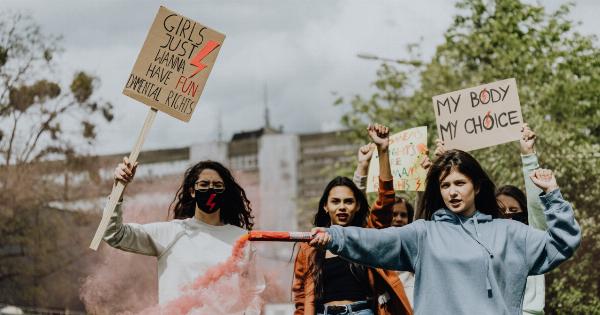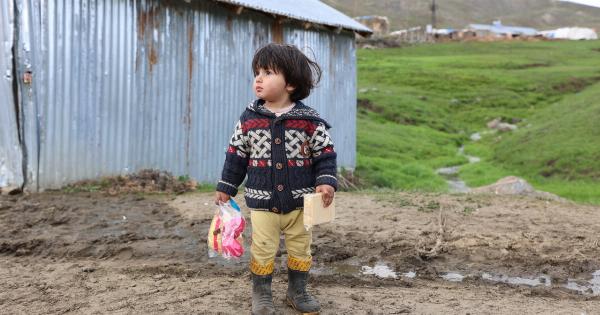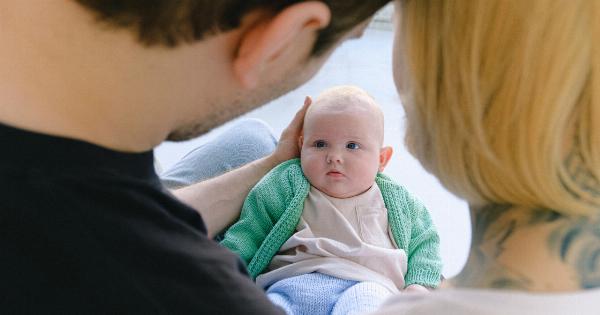Child abuse is a serious issue that affects countless children worldwide. It is a problem that transcends boundaries and impacts all communities, regardless of race, socioeconomic status, or cultural background.
As society becomes more aware of the detrimental effects of child abuse, research has shown that a high percentage of individuals are willing to respond and take action to protect vulnerable children.
The Prevalence of Child Abuse
Child abuse encompasses a range of behaviors that cause harm to a child’s physical, emotional, or mental well-being. This includes physical abuse, sexual abuse, emotional abuse, neglect, and witnessing domestic violence.
According to data from the World Health Organization (WHO), an estimated 1 billion children experience some form of violence each year, with many of these cases going unreported.
The long-term consequences of child abuse are profound, affecting not only the immediate well-being of a child but also their future physical and mental health.
Research consistently demonstrates the link between child abuse and increased risk of mental health disorders, substance abuse, impaired cognitive development, and even mortality.
The Willingness to Respond
A growing body of research indicates that a high percentage of individuals are willing to respond to child abuse. These individuals understand the gravity of the issue and recognize the importance of taking action to protect vulnerable children.
A study conducted by the American Psychological Association (APA) surveyed a diverse sample of individuals across various age groups, ethnicities, and educational backgrounds.
The results revealed that 85% of respondents acknowledged their responsibility to report suspected child abuse. This indicates a substantial willingness to intervene and prevent further harm.
Furthermore, the study found that 92% of respondents believed it is essential for society as a whole to take action against child abuse.
This indicates a collective recognition that child abuse is not solely the responsibility of the immediate family but rather a societal issue that requires a collective effort to combat.
Factors Influencing Response
While research demonstrates a high percentage of individuals are willing to respond to child abuse, several factors play a role in determining the effectiveness of their response.
These factors can either facilitate or hinder the reporting and intervention process.
1. Knowledge and Awareness
One key factor influencing individuals’ response to child abuse is their level of knowledge and awareness.
Research suggests that individuals who are knowledgeable about the signs and symptoms of child abuse are more likely to recognize and respond appropriately. Education campaigns and public awareness initiatives play a vital role in equipping individuals with the necessary knowledge to identify child abuse.
2. Trust in Reporting Systems
Another crucial factor is individuals’ trust in the reporting systems and child protective services.
Research has shown that when individuals believe their reports will be taken seriously and acted upon promptly, they are more likely to come forward and report suspected child abuse. It is essential to continuously improve and strengthen reporting systems to instill confidence in individuals who seek to intervene.
3. Fear of Retaliation
Fear of retaliation is a significant barrier that may prevent individuals from responding to child abuse. Some individuals may hesitate to report abuse out of concern for their own safety or potential repercussions from the abuser or others involved.
Efforts to protect whistleblowers and ensure anonymity can help alleviate these fears and encourage individuals to come forward.
4. Cultural and Societal Factors
Cultural and societal factors also play a role in determining individuals’ response to child abuse. Different cultures may have varying attitudes towards reporting abuse or may view certain behaviors as acceptable or normal.
It is crucial to address cultural biases and promote a universal understanding that child abuse is never acceptable regardless of cultural or societal norms.
The Role of Education and Awareness
Education and awareness initiatives are instrumental in addressing child abuse and encouraging individuals to respond appropriately.
By providing accurate information and training, these campaigns empower individuals to recognize the signs of abuse, understand their legal obligations, and know how to report their concerns.
Schools play a vital role in educating children about child abuse prevention and empowering them to speak up if they experience or witness abuse.
By incorporating age-appropriate curriculum and promoting open discussions, schools can help break the cycle of abuse and foster a culture of reporting and support.
In addition to formal education, community organizations, healthcare professionals, and child-focused agencies also have a responsibility to raise awareness about child abuse.
Partnering with these entities can provide individuals with resources and support, ensuring they are equipped to respond to child abuse effectively.
The Importance of Early Intervention
It is crucial to recognize the importance of early intervention in cases of child abuse. Early identification and response can help mitigate the long-term consequences and provide children with the support and protection they need.
Research has consistently shown that children who receive prompt intervention and support have better outcomes than those who do not.
By empowering individuals to respond to child abuse, we can increase the chances of protecting children from further harm and providing them with the help they need to heal and thrive.
Conclusion
Research clearly demonstrates that a high percentage of individuals are willing to respond to child abuse. As awareness and understanding of the issue continue to grow, it is crucial to support and encourage individuals to intervene and take action.
By addressing factors that hinder response, such as knowledge gaps and fear of retaliation, and fostering a culture of reporting and support, we can create safer environments for all children.





















